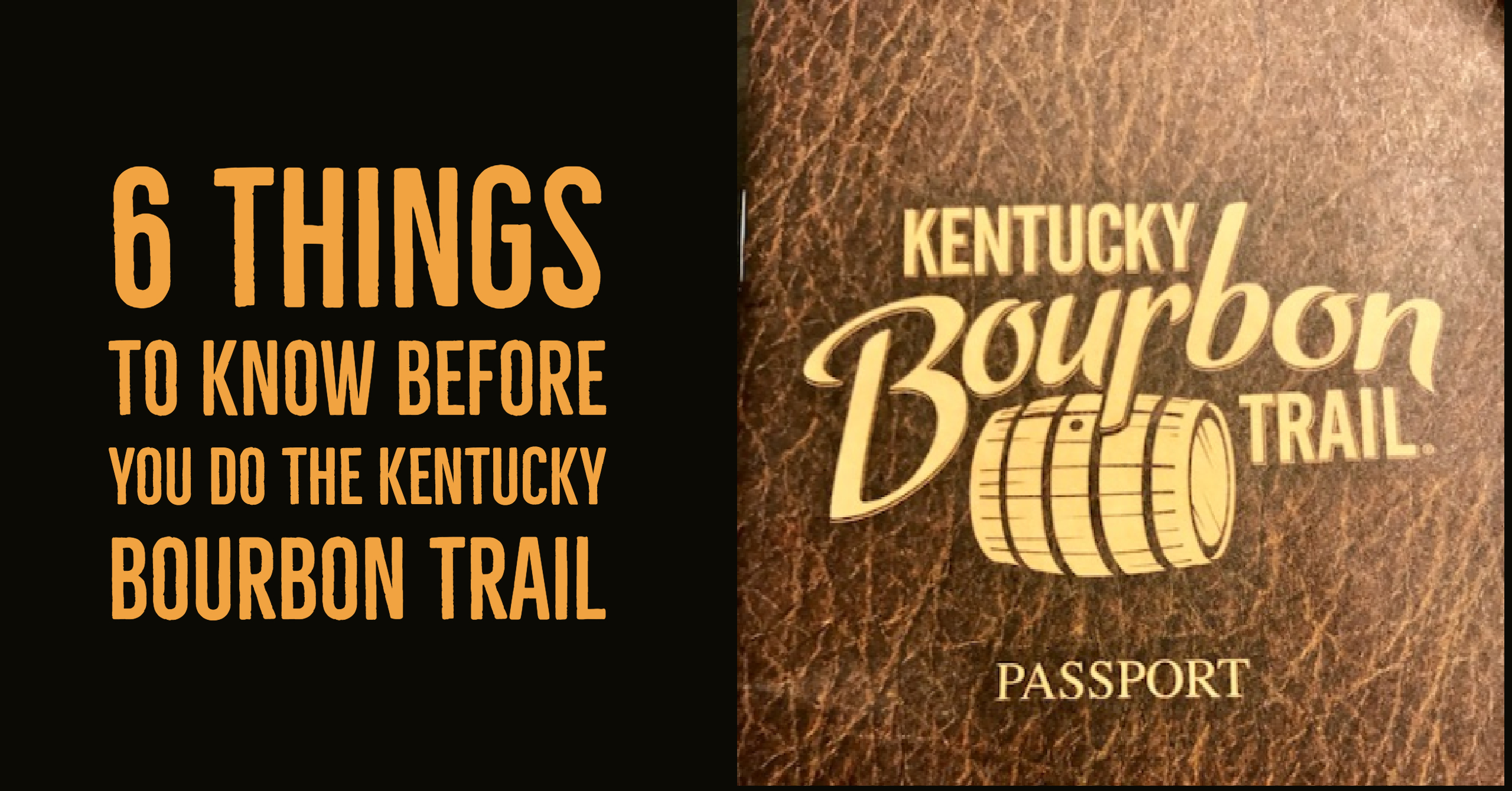6 things to know before you do the Kentucky Bourbon Trail
In October we did the whole Kentucky Bourbon Trail in 3 days. Read our detailed description of each stop on the trail starting with our trip planning, and then follow us on days 1, 2 and 3.
But what did we learn? What would we advise you do if you want to follow in our footsteps? Here are 6 things you should know before setting out on the trail.
1. All distilleries are more similar to each other than they are different
How many distilleries can you visit? For the sake of being thorough, I did every single one in the book (except where there were 2 locations for the same distillery). However, if you are not trying to write a thorough review of the Bourbon Trail or have some other objective in mind, I don’t think the prize of a t-shirt justifies doing all the stops on the trail (10 if you ignore multiple sites). The distilling process is almost identical at each of the companies. The thing that changes is the “mash” recipe.
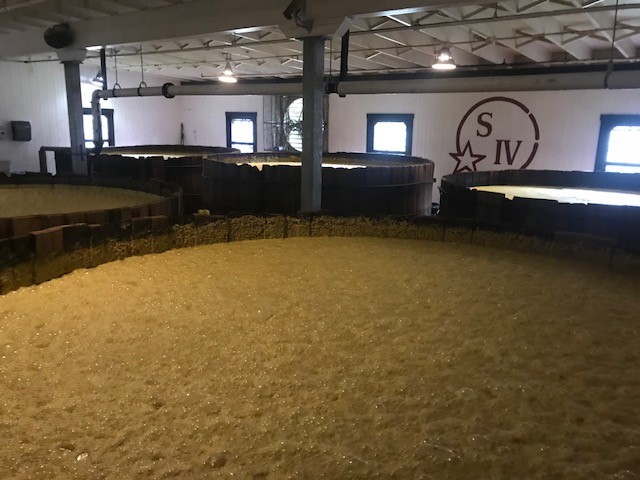
The process of making Bourbon across the different operators is actually very similar. Some have added minor tweaks to the process. Maker’s Mark, for instance, for the Maker’s Mark 46 product finish the bourbon in the barrel with 10 French Oak staves to enhance the sweet flavor. Angel’s Envy finishes the bourbon in Port barrels from Portugal.
The major difference in taste comes from the “mash” recipe and the time of maturation in the barrel.
The “mash” recipe refers to the combination of cereals and grains used to make the basic product. By law, bourbon must be at least 51% corn. The other two ingredients (they all use 3 ingredients) are a combination of rye or wheat and malted barley.
For the most part, distilleries that are looking for a sweeter, slightly gentler product, will increase the corn percentage and sometimes use wheat as the other ingredient. For a spicier flavor, distillers use rye. This is important to understand when selecting a bourbon product to purchase.
The longer the bourbon is in the barrel, the “smoother” it tends to be, but the flavors are more complex. Flavor in bourbon comes from the mash recipe and the barrel. The longer it has time to extract flavor from the barrel, the more “complex” the bourbon will be. Bourbon connoisseurs love older bourbons (and other whiskeys).
In the photo below, taken at Woodford Reserve, they mention 5 sources of flavor. The reason I refer to only “two” sources of flavor, is because 3 of these sources are common to all distillers. They all use Kentucky limestone based, iron-free water. That’s why Kentucky is the capital of bourbon. They all ferment their “mash” in a similar way. (The yeast strain may make a difference, hence each distiller closely guards their yeast stock. But compared to the mash recipe and the barrel maturation, this is not as important.). And they all distill in copper stills, some pot based, some tower based.
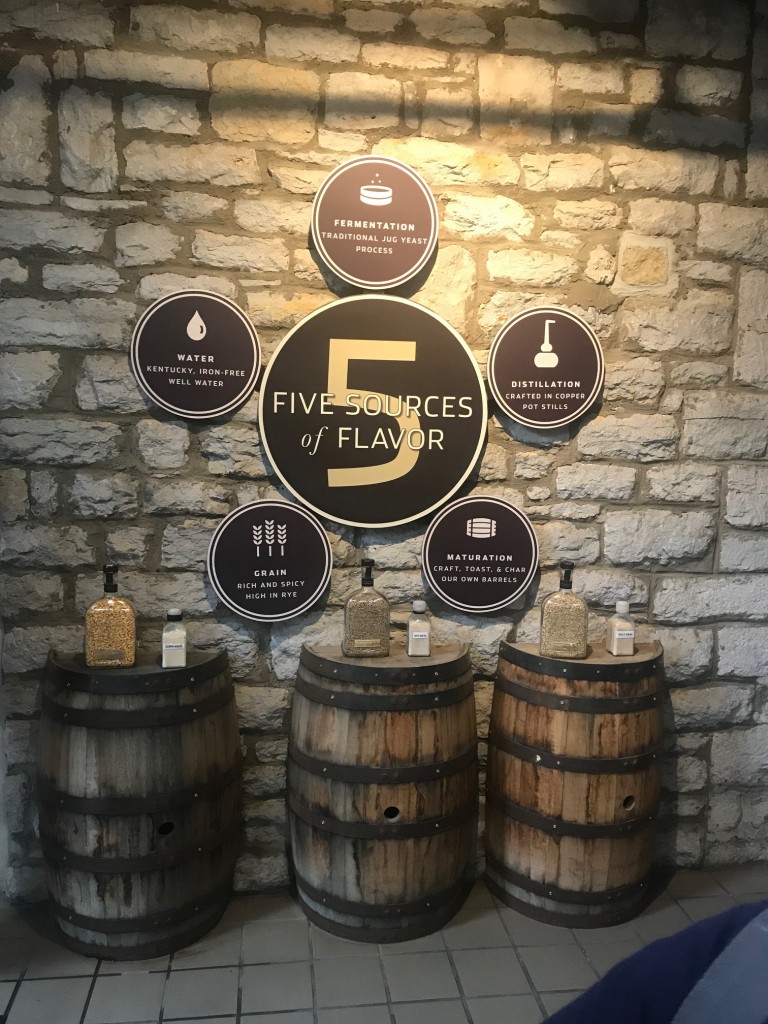
Understanding these variables, in my view, helps you unlock the mysteries of bourbon selection. Do you want a spicier, more robust bourbon? Select those that use rye in their recipe. Do you prefer a sweeter, easier on the palate bourbon? Choose one high in corn content that uses wheat instead of rye as one of its ingredients.
2. If you visit every stop on the Kentucky Bourbon Trail you get a t-shirt.

The prize for doing the whole tour and getting each page of the official passport stamped is “a not-very-nice-t-shirt”. Therefore, unless you have a specific reason, I would not recommend that you take a tour of every distillery. Besides, what I did find out is that the distilleries will stamp your “tour passport” even if you don’t do their tour. The problem is that in most cases, to get to a tasting you have to do the tour! I never understand this. The same thing is true of wine estates in Chile. Charge me for tasting, but don’t force me to tour your establishment.

3. Doing the trail in 3 days is difficult.
We did do the trail in 3 days, including an additional visit to Buffalo Trace which is not part of the trail anymore. But it was not easy. The second day we went without lunch to achieve it, and, even then, if it were not for the shortened version of the Four Roses tour (due to major construction), we probably would not have been able to do the 4 distilleries on that day. The solution would have been to do either Four Roses or Wild Turkey on the third day. So it is possible, but perhaps a bit rushed.
4. Pick a base and tour nearby distilleries
Consider basing your selection of distilleries on your primary location. If you intend being in the Louisville area, then think of doing the Louisville trail locations. Doing all 4 in one day is easy. If you only want to do a few, then I would suggest doing Angel’s Envy and Bulleit. You could end up having dinner downtown and do a tasting at Jim Beam.
If you are based in Lexington or Frankfort, the Woodford Reserve tour is a great option. Although not on the trail, Buffalo Trace is also good.
5. The prettiest distillery
Maker’s Mark is probably the prettiest location. The tour was very well done and the bourbon is pleasant. But it is out of the way. And, depending on which direction you approach it, the roads can be narrow and intimidating.
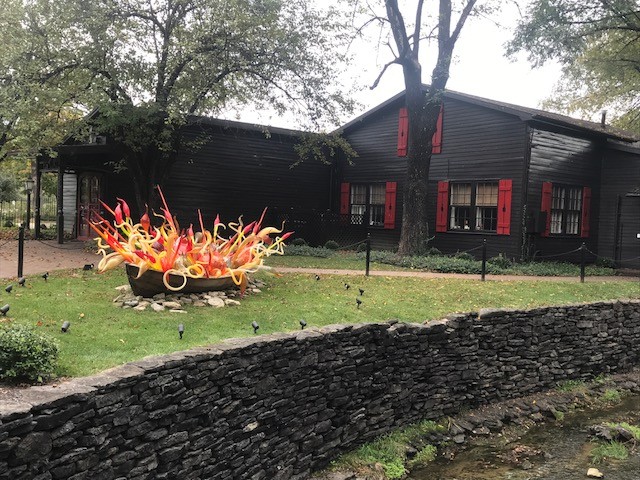
6. Booking tours
In peak season, it is vital to book your spot on a tour. Outside of peak season, like October when we went, getting onto tours is easy. Angel’s Envy requires you to book regardless of the season. And some of the distilleries offer specialized tours that you do have to book.
Doing the trail was a lot of fun and gave us a new appreciation for the craft that goes into making bourbon. Make a plan to visit a few distilleries when you are next in the area.
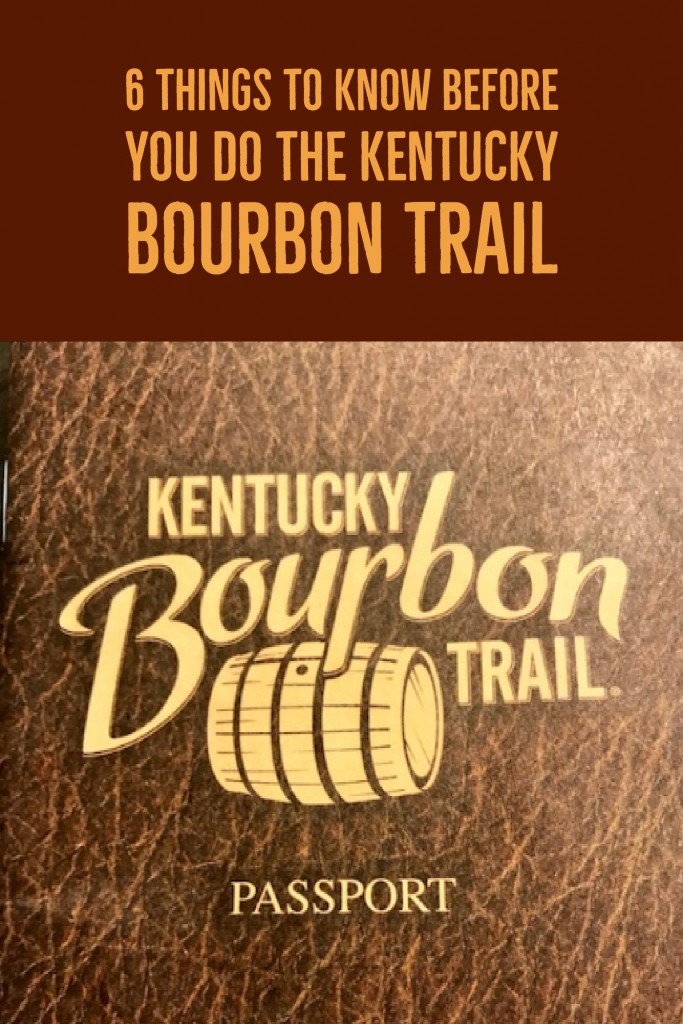
Related
Meryl van der Merwe
To find out more, including how to control cookies, see here: Cookie Policy

